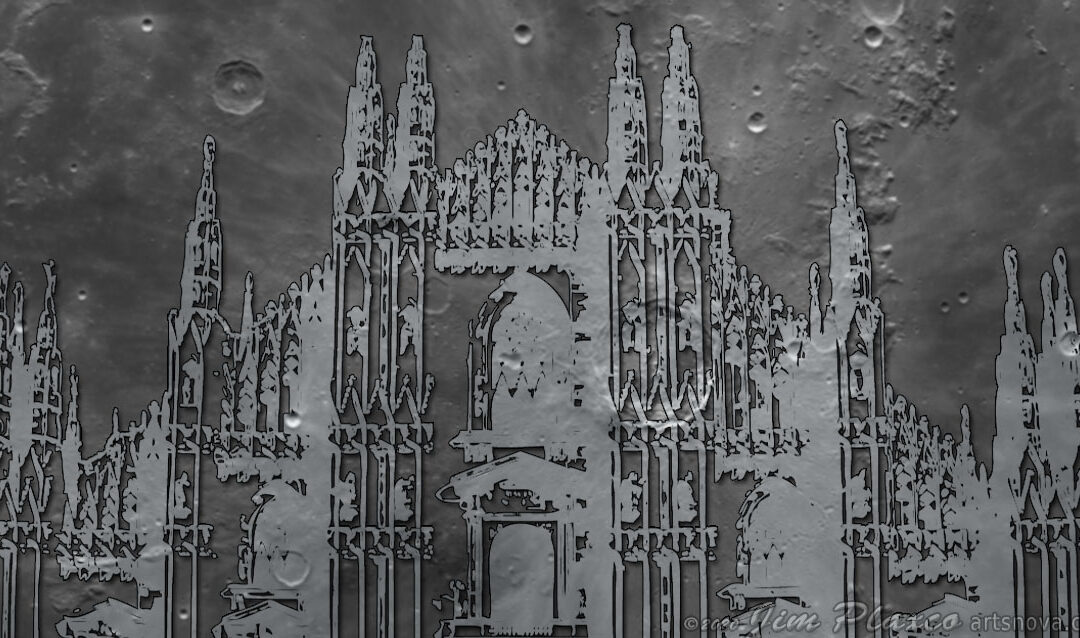A popular analogue used in the space domain is that of historical building projects, notably cathedrals that took decades and in some cases centuries to complete Cathedrals are often taken as archetypes for long-term projects. Author Andreas M. Nein explores the cathedral from the point of view of project management and systems architecting and draw implications for long-term projects in the space domain, notably developing a starship. He shows that the popular image of a cathedral as a continuous long-term project is in contradiction to the current state of research. More specifically, he shows that for the following propositions: The cathedrals were built based on an initial detailed master plan; Building was a continuous process that adhered to the master plan; Investments were continuously provided for the building process Although initial plans might have existed, the construction process took often place in multiple campaigns, sometimes separated by decades. Such interruptions made knowledge-preservation very challenging. The reason for the long stretches of inactivity was mostly due to a lack of funding. Hence, the availability of funding coincided with construction activity. These findings paint a much more relevant picture of cathedral building for long-duration projects today: How can a project be completed despite a range of uncertainties regarding loss in skills, shortage in funding, and interruptions? It is concluded that long-term projects such as an interstellar exploration program can take inspiration from cathedrals by developing a modular architecture, allowing for extensibility and flexibility, thinking about value delivery at an early point, and establishing mechanisms and an organization for stable funding.

